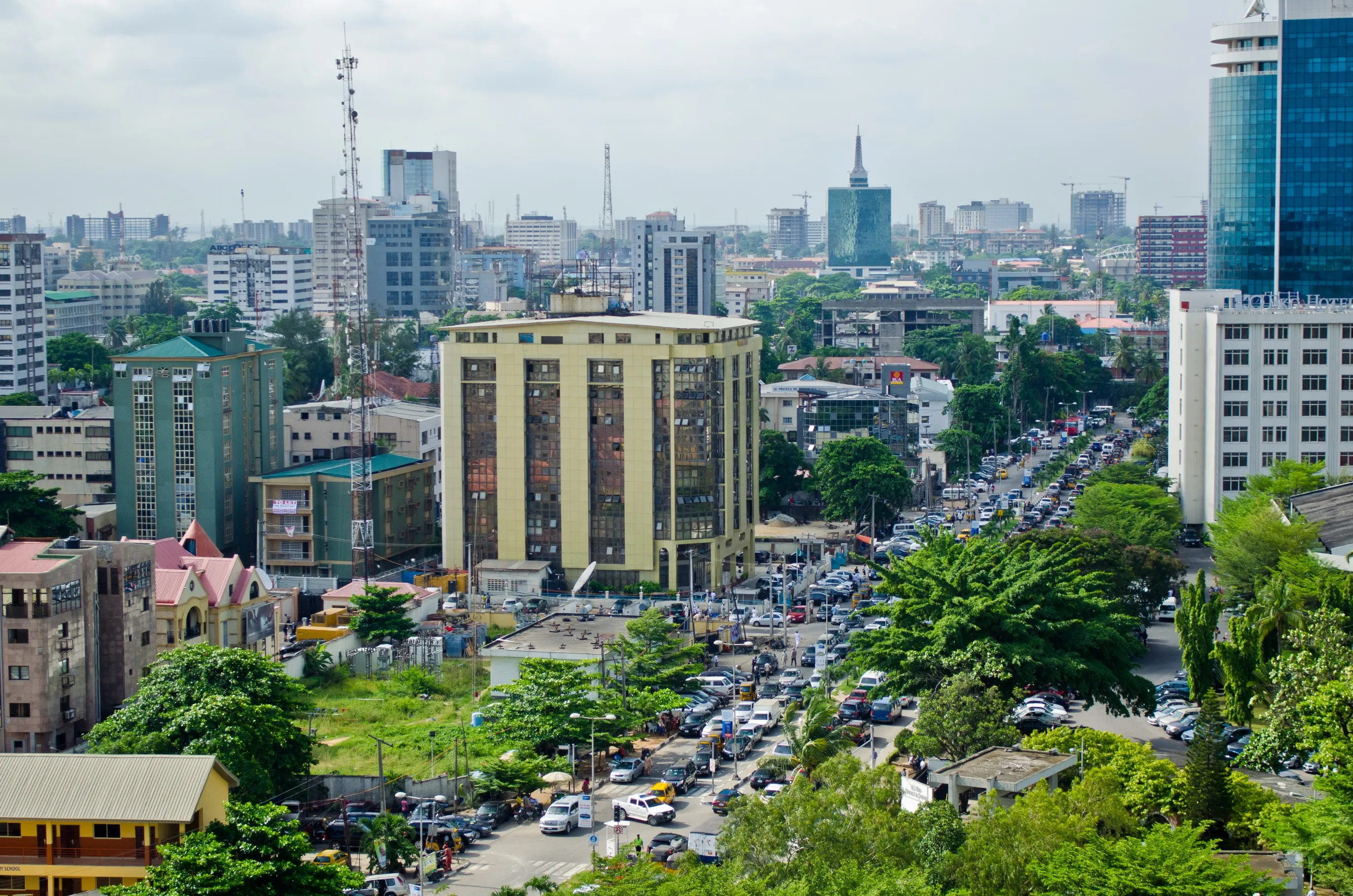It may have one the heaviest traffic volumes in the UK but Greater London tops the safe driving table according to analysis from insurance provider Aviva’s Drive App, which uses smartphone technology to record a motorist’s driving style, covering their acceleration, braking and cornering.
Data from over 3.5 million miles driven by users of the app reveals the areas with the safest drivers. Greater London, including areas such as Islington, Chelsea and Croydon takes the top spot in Aviva’s table - which i
November 22, 2013
Read time: 2 mins
It may have one the heaviest traffic volumes in the UK but Greater London tops the safe driving table according to analysis from insurance provider Aviva’s Drive App, which uses smartphone technology to record a motorist’s driving style, covering their acceleration, braking and cornering.
Data from over 3.5 million miles driven by users of the app reveals the areas with the safest drivers. Greater London, including areas such as Islington, Chelsea and Croydon takes the top spot in Aviva’s table - which is especially impressive given the heavy traffic volumes, indicating residents are more likely to prioritise safety over speed. Drivers from Devon also demonstrated strong road safety skills by placing second in Aviva’s table, with East Yorkshire coming in third. At the bottom of the table are Buckinghamshire and Northamptonshire.
Heather Smith, director of marketing at Aviva, said of the findings, “Although it’s fun to look at different regions’ driving scores, our results clearly show that the UK is a nation of safe drivers. The average score by all users of the Aviva Drive app was more than 6 out of a possible 10, meaning most drivers qualified for a discount on their premium.
“In fact, three out of four drivers who completed the app qualified for some form of discount, and 31 per cent of drivers qualified for the maximum 20 per cent discount. So even though the Aviva Drive app is seen by many as an interesting way to measure how safely you drive, it’s also a great way to save on your motor insurance.”
The research also demonstrated that age continues to be a relevant factor in how we drive, although it did challenge a few popular age-related driving stereotypes. The over 70s scored best out of all ages on careful braking, while those aged between 60 and 69 were found to be the safest generation of drivers. All age groups scored lowest on cornering out of the three driving behaviours that the app looks at (acceleration, braking and cornering), with those under 20 scoring lowest out of all ages.
Data from over 3.5 million miles driven by users of the app reveals the areas with the safest drivers. Greater London, including areas such as Islington, Chelsea and Croydon takes the top spot in Aviva’s table - which is especially impressive given the heavy traffic volumes, indicating residents are more likely to prioritise safety over speed. Drivers from Devon also demonstrated strong road safety skills by placing second in Aviva’s table, with East Yorkshire coming in third. At the bottom of the table are Buckinghamshire and Northamptonshire.
Heather Smith, director of marketing at Aviva, said of the findings, “Although it’s fun to look at different regions’ driving scores, our results clearly show that the UK is a nation of safe drivers. The average score by all users of the Aviva Drive app was more than 6 out of a possible 10, meaning most drivers qualified for a discount on their premium.
“In fact, three out of four drivers who completed the app qualified for some form of discount, and 31 per cent of drivers qualified for the maximum 20 per cent discount. So even though the Aviva Drive app is seen by many as an interesting way to measure how safely you drive, it’s also a great way to save on your motor insurance.”
The research also demonstrated that age continues to be a relevant factor in how we drive, although it did challenge a few popular age-related driving stereotypes. The over 70s scored best out of all ages on careful braking, while those aged between 60 and 69 were found to be the safest generation of drivers. All age groups scored lowest on cornering out of the three driving behaviours that the app looks at (acceleration, braking and cornering), with those under 20 scoring lowest out of all ages.







